Representatives would revert BLM land-use planning back to an ineffective and outdated rule and prevent positive changes from being included in future revisions
Using an obscure legislative process, a majority of the U.S. House of Representatives voted to block the BLM’s new land-use planning rule, known as Planning 2.0, and roll back the additional opportunities the rule affords the public to voice concerns about land management decisions on 245 million acres. The Senate is expected to vote on a similar resolution next week.
Nineteen sportsmen’s groups, conservation organizations, outdoor recreation trade associations, and businesses that rely on public lands sent a letter to congressional leadership this week opposing the move to roll back Planning 2.0 through the Congressional Review Act, a little-known law that enables Congress to roll back regulations within 60 legislative days of their enactment. Once repealed through this process, a substantially similar rule cannot be rewritten.
The letter urges lawmakers to allow the incoming Secretary of the Interior a chance to address concerns with the new rule, rather than scrap it altogether.
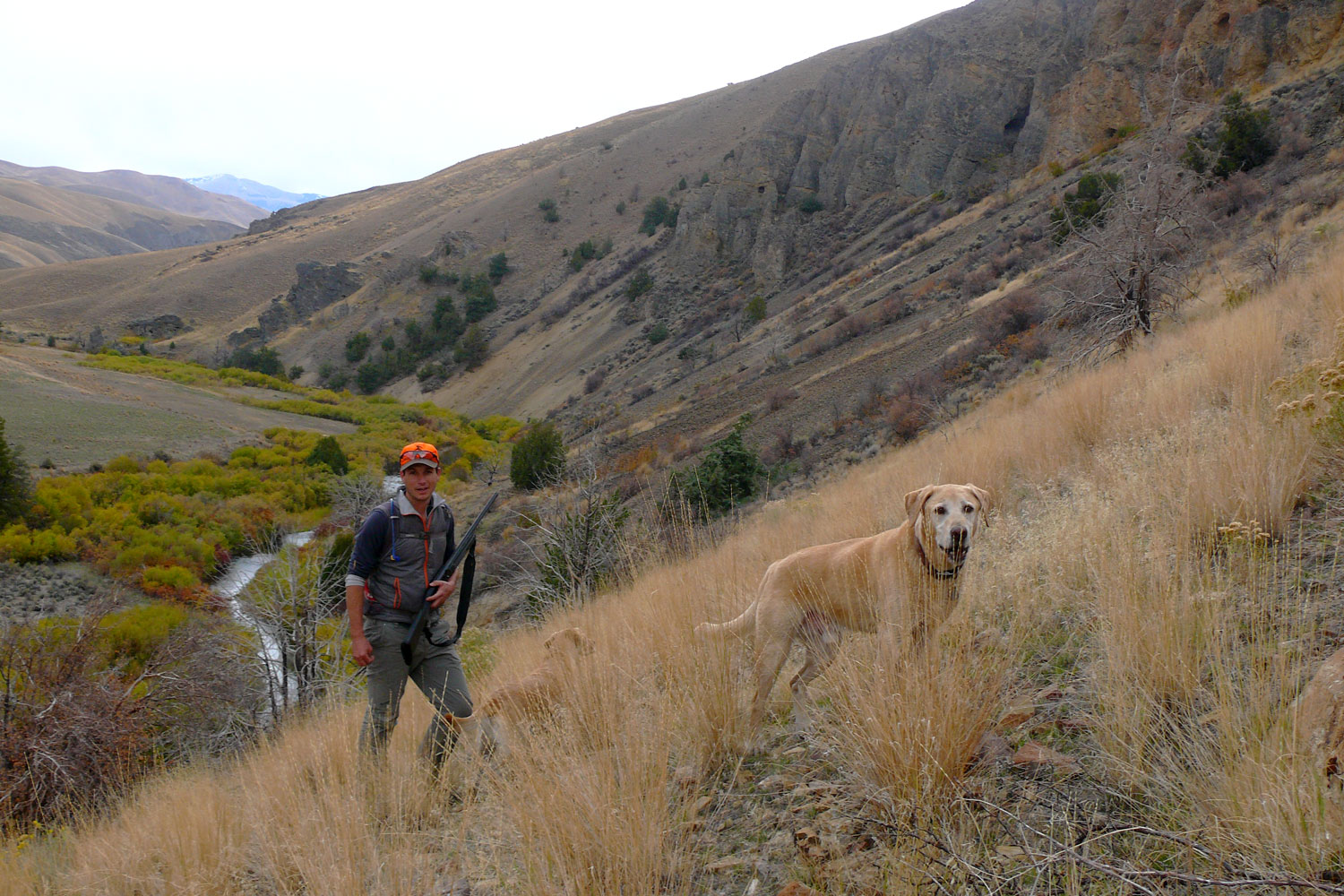
“A Congressional Review Act repeal of the BLM planning rule would eliminate Planning 2.0, revert BLM planning to a problematic decades-old planning process, and likely eliminate the BLM’s authority to revise its planning regulations ever again in the future,” says Joel Webster, director of Western lands with the Theodore Roosevelt Conservation Partnership. “We urge Congress to take a different course and address remaining concerns by working collaboratively with the new Secretary of the Interior.”
Many groups are frustrated by the potential lost momentum for improvements that would benefit wildlife habitat along migration corridors and in seasonal ranges. New technology has revealed critical data on these important areas, which are not considered under the old planning rule largely developed in 1983.
As Congress dials back our say in #publiclands, sportsmen won't stay quiet Click To Tweet“Under the spirit of Planning 2.0, improvements are already being made to the way we conserve once-overlooked habitat that elk, mule deer, and other big game animals rely on, even if it’s just for a portion of their journey,” says Steve Williams, president of the Wildlife Management Institute and former director of the U.S. Fish and Wildlife Service. “Increased coordination under the rule will only mean that the best possible science is used to our advantage, not ignored.”
Outdoor recreation businesses deserve better, but sportsmen and women will not stay quiet on this issue, says Ben Bulis, president of the American Fly Fishing Trade Association. “If recent public outcry against bad public land policy proves anything, it’s that we’ll be heard either way—we’d just rather be part of the democratic process.”
Click here to take action now. Don’t let Congress roll back this rule and take away your voice in how our public lands are managed.

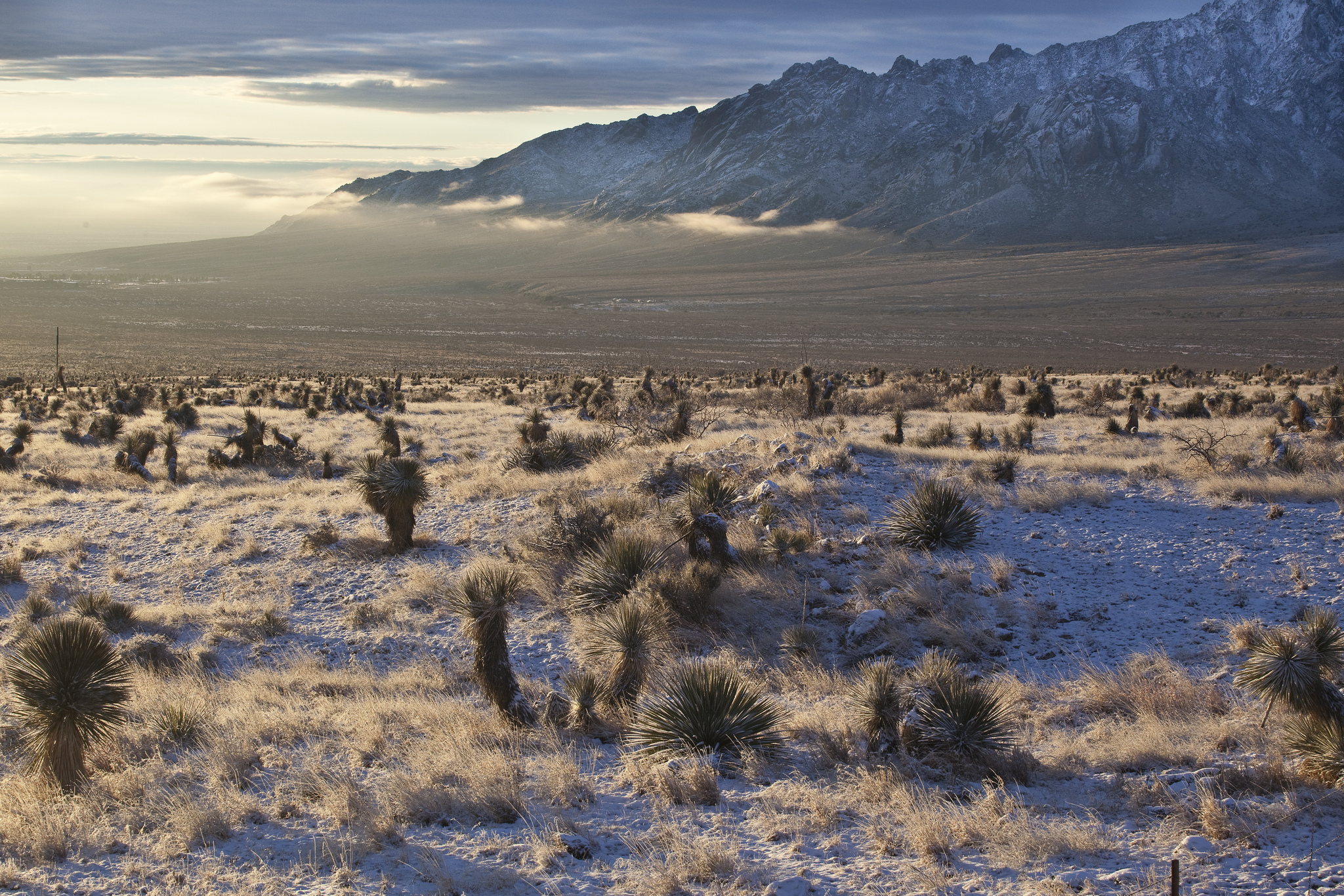
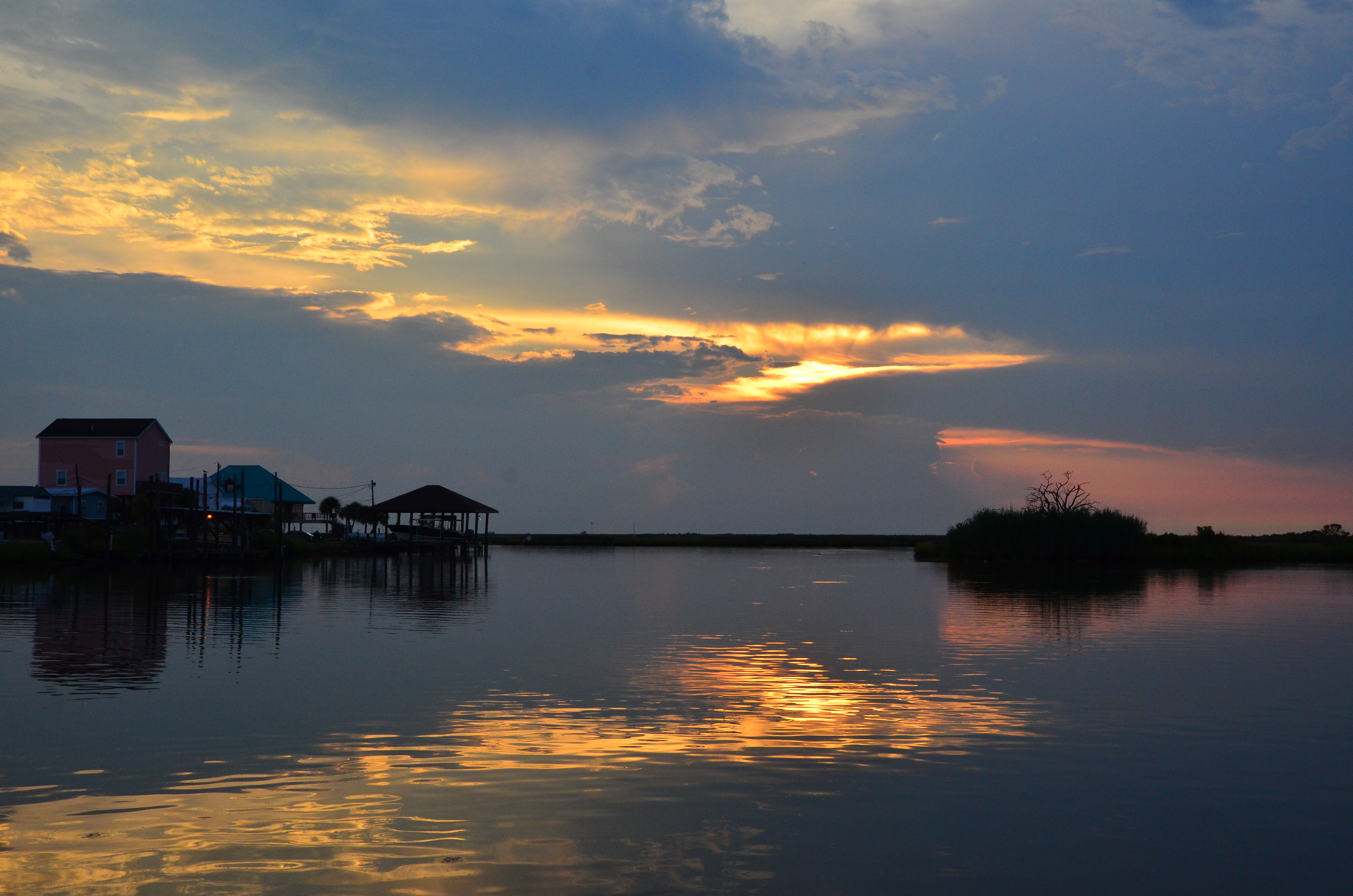
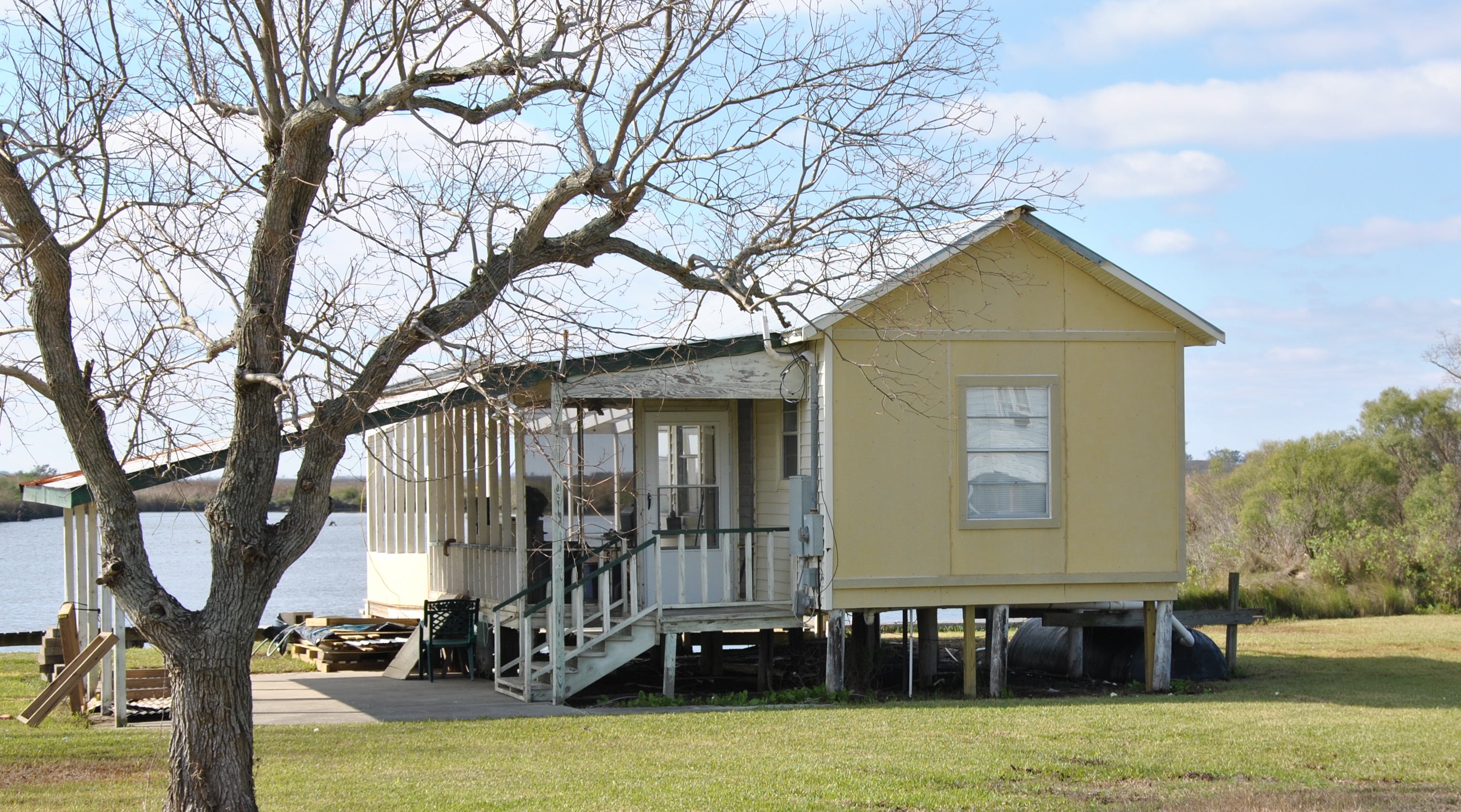
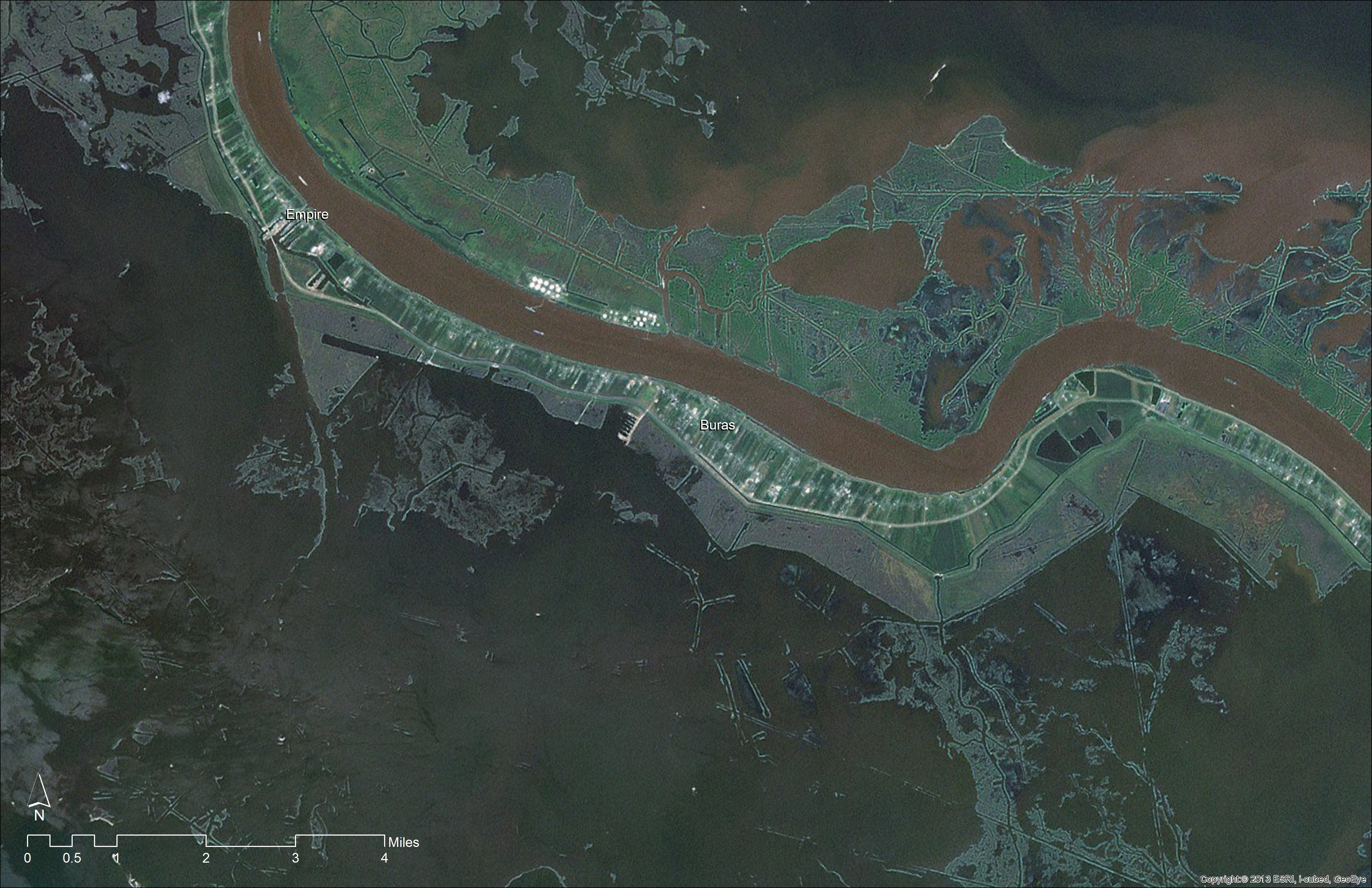
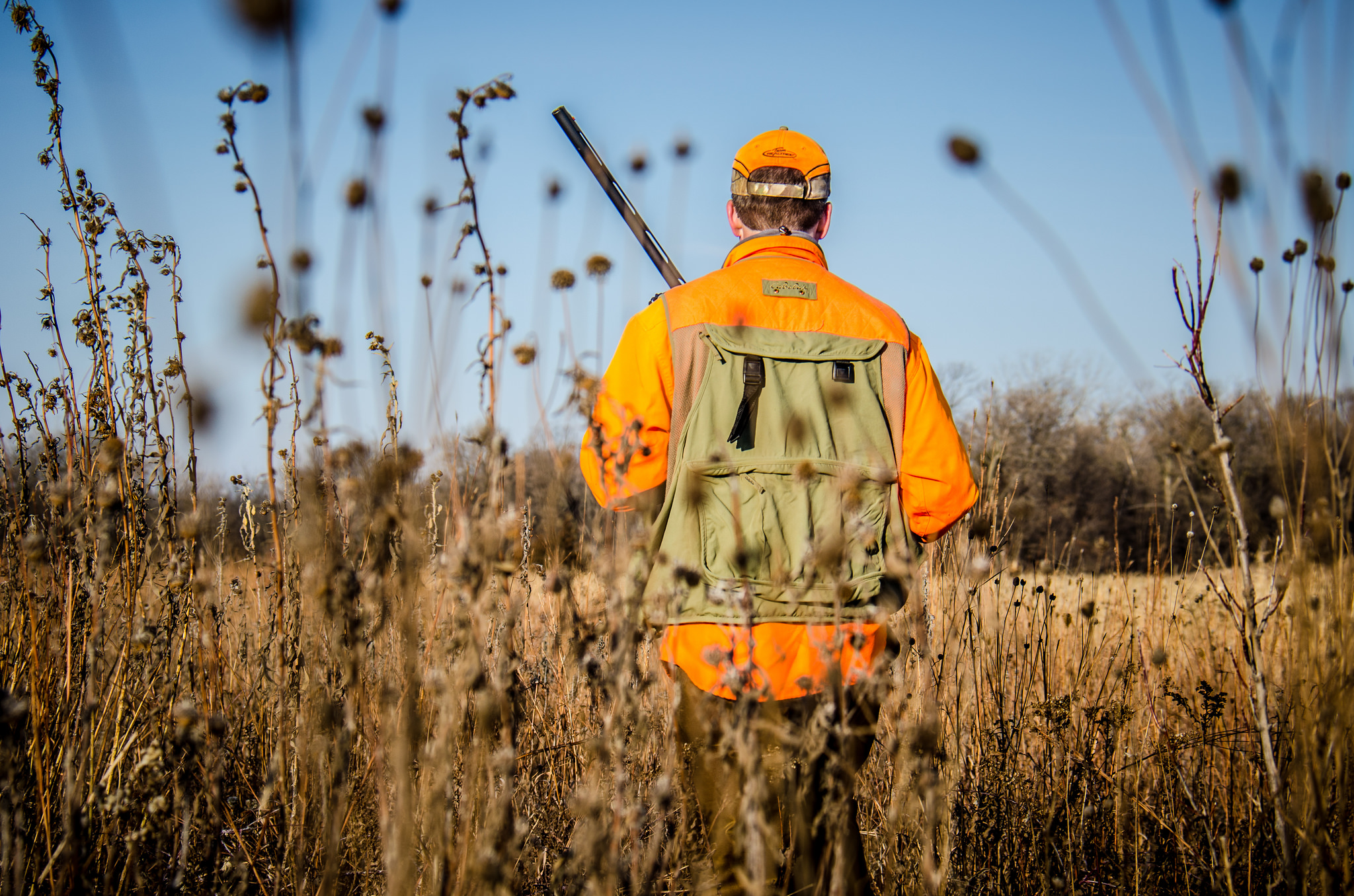
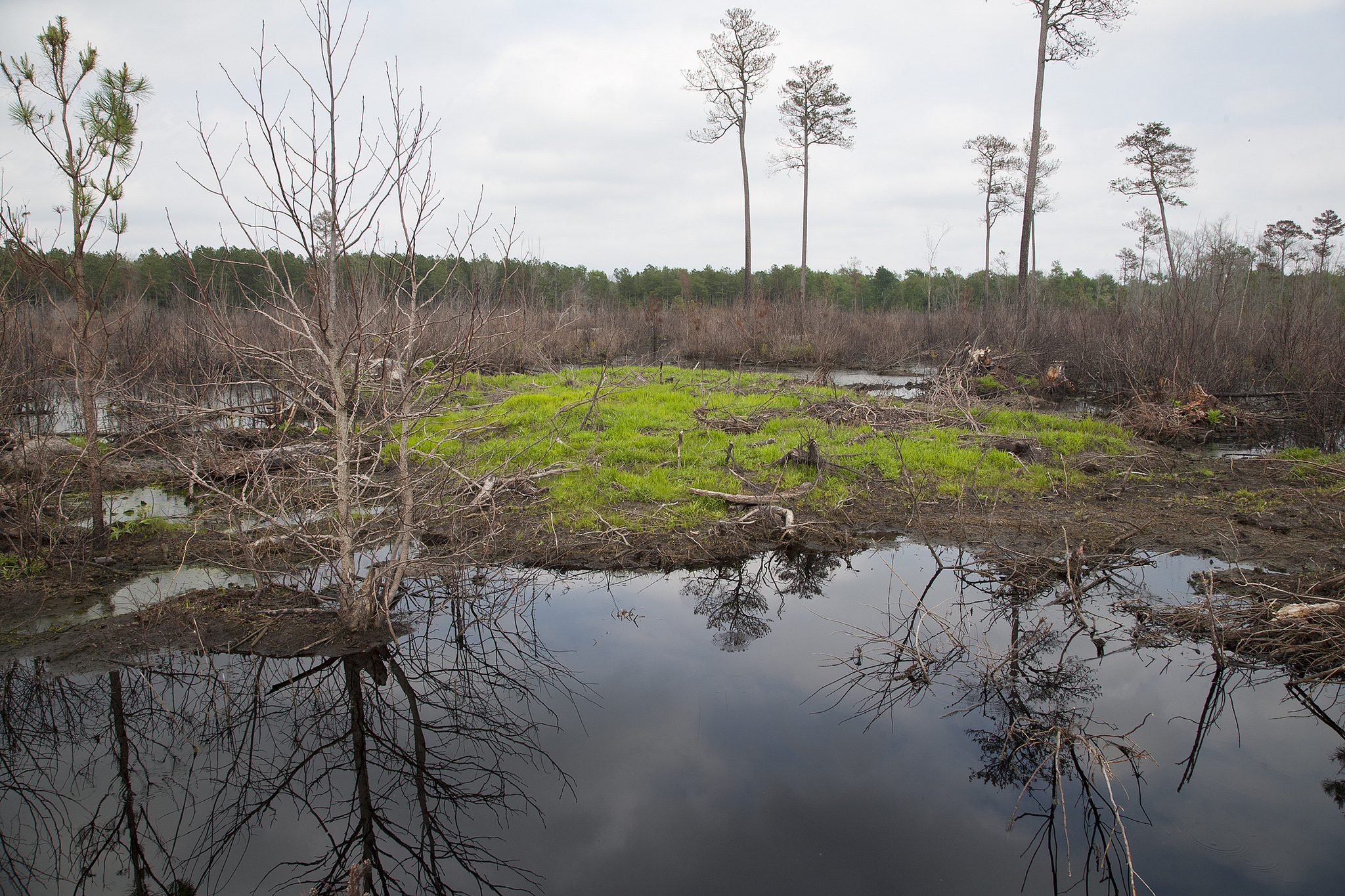
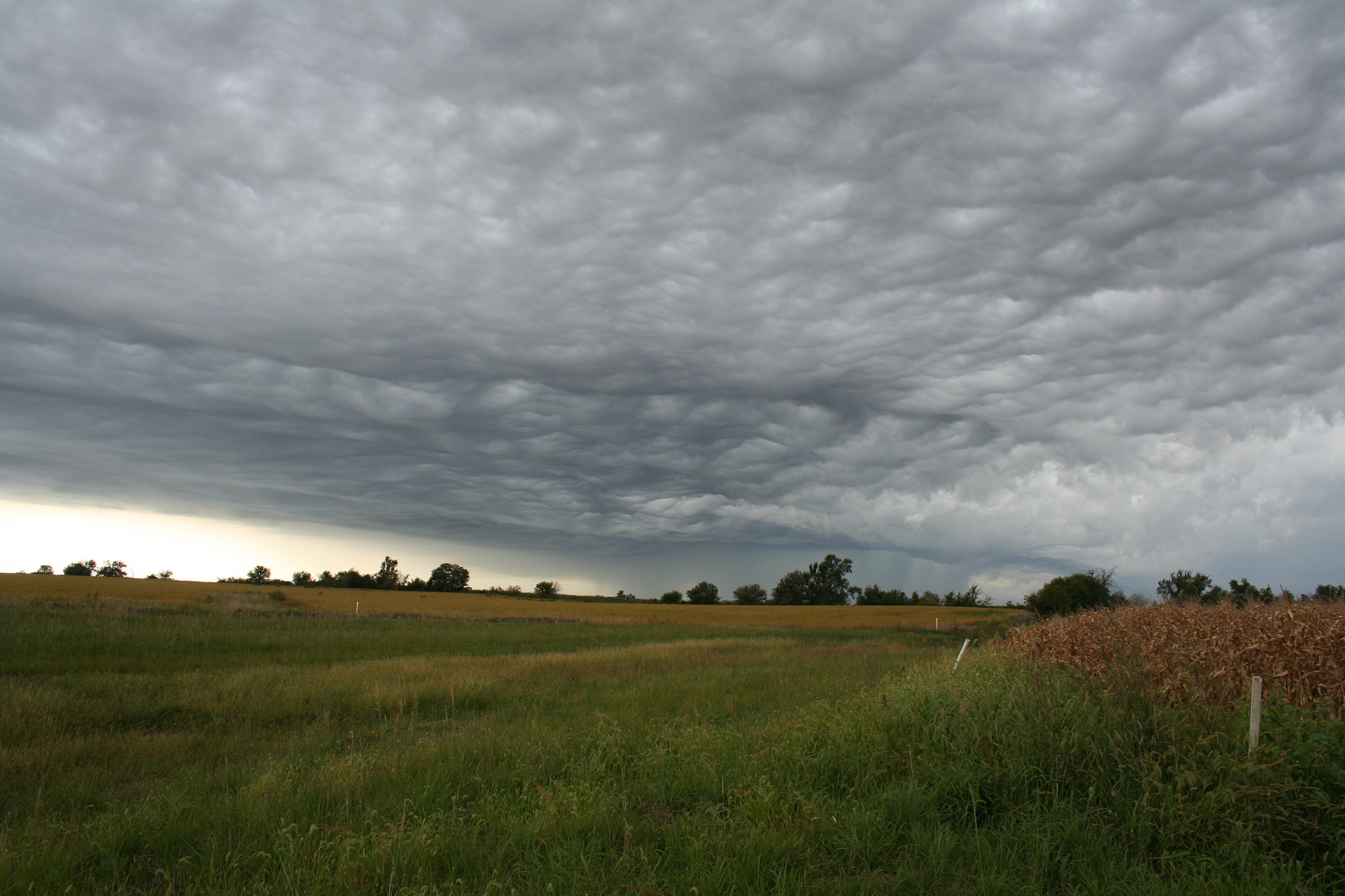
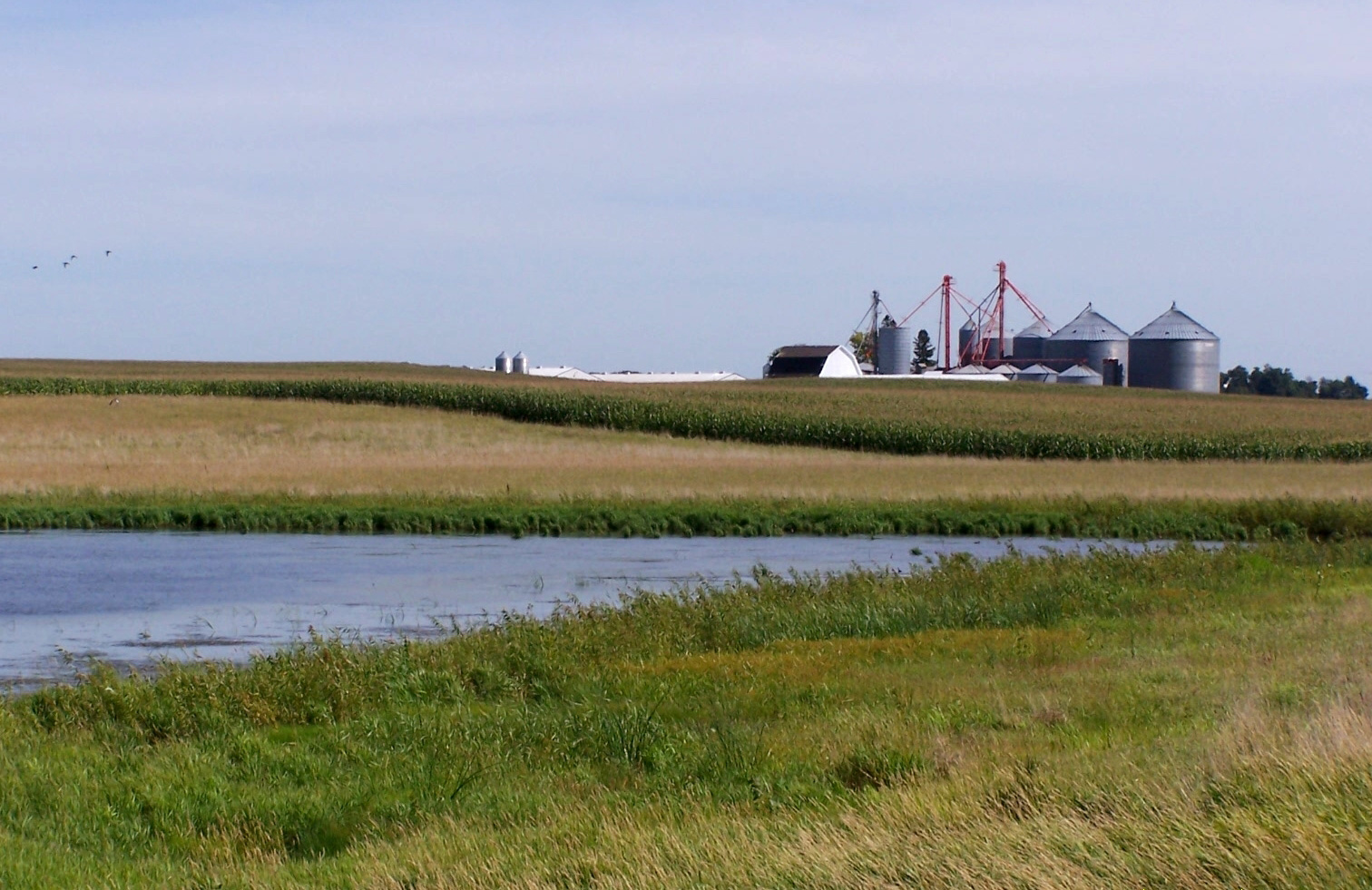




We the People
Give us Sportspeople more voice on the use of our Public land.
Please do not repeal Planning 2.0 and we urge you to work with the new secretary of interior to come up with viable resolution
This is public land, we must have input into the process!
Why this constant attack on federal land and the managing of it—-you jerks of the GOP
Why are they so focused on destruction? I don’t understand such a shortsighted view of the world. There are things on Earth much more important than money. Very sad.
The public needs to be included in the decision making process on public lands.
Zinke has already said he was on the side of hunters anglers and back country enthusiasts. Let’s hope we don’t get sold out.
Key word: PUBLIC
I oppose any effort to diminish out public lands but support additional tax monies to support and improve the heritage of public lands for us and future generations to enjoy.
Public input is vital to the BLM planning process. The public provides valuable input to BLM.
Public input is vital to the BLM planning process. The public are using the land and provide valuable feedback.
We do not want our public lands to be diminished, our wildlife compromised, and support additional tax monies to improve the heritage of these places and beings for future generations to proudly enjoy.
I appose Public lands being taken
Public lands belong to the Public, not corporations. I stand opposed to any changes that would forbid us our birthrights.
In 100 yrs our progeny will regret the day that our representatives sold off our public lands. We should continue this good fight.
I oppose the repeal of Planning 2.0. Public land is for all to enjoy, not just special interest groups.
Sportsmen, know the importance of our precious public lands. We do not want our public lands to be diminished, our wildlife compromised, and support additional tax monies to improve the heritage of these places and beings for future generations to proudly enjoy. I oppose any effort to diminish out public lands but support additional tax monies to support and improve the heritage of public lands for us and future generations to enjoy. Defend the voice of the people.
Please let me know the HR resolution number(s) for this action. I’m trying to find out how my congressman voted.
Please have the courage and vision to not repeal Planning 2.0! We urge you to work with the new secretary of interior to come up with viable resolution
That’s why they call it PUBLIC LAND!, leave our PUBLIC LANDS alone!, we should clear out Capital Hill and start over
One of the largest issues we face as Americans is the continual pursuit of the republican party to dismantle regulations and take us back 75 years. If we don’t fight they will win. Pushing 70, I’m not about to quit. Their interest is money and themselves, that’s all. Give them the boot, tell your friends, tell others, this not acceptable. Send them home on election day.
This land is your land this land is my land. Public land our Nations gift to us and future generations.
This is public land, NOT congressional land. Do NOT repeal the BLM’s planning 2.0
The republican party is stealing our lands, polluting our air and poisoning our water. They must be stopped.
Please do NOT repeal BLM 2.0!
I use public lands constantly and watch with amazement, efforts by some of our elected officials to tear apart the publics enjoyment of such lands. All of these certain elected officials that tear apart things such public land use and our ability to have a say in it’s operation are, as far as I’m concerned, fired. That’s not what I’m paying you for.
This is our land. This is your land. This is everyone’s land. This is America: We all are the people and by the people, we all own it…not to have a say in it’s management, is bordering on feudalism.
This is what happens when sportsmen ONLY vote Second Amendment without considering anything else. You get a TON of right-wing baggage that has NOTHING to do with conservation. In fact, you get the exact opposite. Talk about “reaping what you sow”.
Public land trusts were created so that the land would be preserved and not exploited.
The namesake of this website would be ashamed if he were here to see what is going on today. How a group of “representatives” can completely disgregard so many people is simply astounding. I’m not sure how it’s a bad idea to have PUBLIC input as to what happens with PUBLIC land.
The Stewardship we have inherited is a trust, a trust to protect and develop public lands for the enjoyment of all Americans who seek the outdoors and the wildlife that resides therein. It is a further trust to insure the proper use of the water, timber and mineral interests in these lands in order to sustain the wildlife that inhabits these areas and to further ensure the enjoyment of these lands for generations to come. A variety of conservation voices will rise to support a best use policy for wildlife and our citizenry. I request that present (Rocky Mountain Elk Foundation, Ducks Unlimited and World Wildlife Fund ) and former wildlife, hunting, fishing organizations rally to achieve and sustain this endeavor.
Failed thinking. Hunters, anglers speak up, pay attention. It can all go to hell fast under the present republican leadership. Wyoming already suffering death by a thousand bites according to the biologists in Pinedale area.
Thank you Kevin Warren! At least you were comfortable enough with the group think here to admit it really is just a partisan issue – this Planning 2.0 rule. For those of you that have been duped by the all the nonsense from the Lefty elites that claim to be “stewards” of the land wanting to “protect and develop public lands for all Americans” – time to get a clue. These are the same groups and individuals that will make sure that you won’t have access to public land for any activity that isn’t on their approved list. Thank goodness the Republicans weren’t asleep at the wheel.